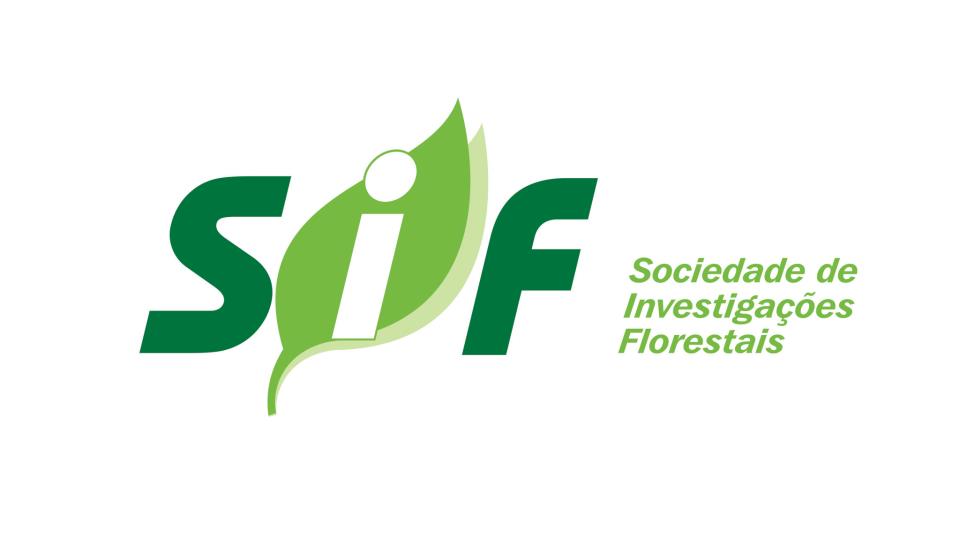Biblioteca Florestal
Digital
Digital
Reproductive ecology of the exotic tree Muntingia calabura L. (Muntingiaceae) in Southeastern Brazil

JavaScript is disabled for your browser. Some features of this site may not work without it.
| dc.contributor.author | Figueiredo, Rodolfo Antônio de | |
| dc.contributor.author | Oliveira, Aline Aparecida de | |
| dc.contributor.author | Zacharias, Maria Alice | |
| dc.contributor.author | Barbosa, Sandra Maria | |
| dc.contributor.author | Pereira, Flávia Fontes | |
| dc.contributor.author | Cazela, Gisele Natacha | |
| dc.contributor.author | Viana, Joyce Pedroso | |
| dc.contributor.author | Camargo, Reila Andreza de | |
| dc.date.accessioned | 2014-09-24T13:58:11Z | |
| dc.date.available | 2014-09-24T13:58:11Z | |
| dc.date.issued | 2008 | |
| dc.identifier.citation | FIGUEIREDO, R. A. et al. Reproductive ecology of the exotic tree Muntingia calabura L. (Muntingiaceae) in Southeastern Brazil. Revista Árvore, Viçosa, v.32, n.6, p.993-999, 2008. | pt_BR |
| dc.identifier.issn | 1806-9088 | |
| dc.identifier.uri | http://www.bibliotecaflorestal.ufv.br/handle/123456789/11473 | |
| dc.description.abstract | The exotic tree Muntingia calabura L. (Muntingiaceae), a species native to Central America, is used as fish feed and fiber and cellulose production in Brazil. This study was carried out in urban areas and verified the reproductive biology of this plant species. Flower and fruit morphology, compatibility system, reproductive phenology, pollination and frugivore animals, and germination of disseminated seeds were recorded by standard field and laboratory procedures. This tree is self-compatible and autonomously self-pollinated, with its flowers being mainly visited by bees and its fruits consumed by birds and bats. Germination of its dispersed seeds is fast and occurs at a high rate. The results of this work suggest that M. calabura is very adaptable to cultivated areas,thus being an excellent choice for urban reforestation. However, its reproductive characteristics place this plant as an invasive species with significant potential in southeastern Brazil. | pt_BR |
| dc.description.abstract | A árvore exótica Muntingia calabura L. (Muntingiaceae) é nativa da América Central e, no Brasil, ela é utilizada para alimentação de peixes e para produção de fibras e celulose. Este estudo, realizado em áreas urbanas, verificou a biologia reprodutiva dessa espécie vegetal. A morfologia de flores e frutos, o sistema de compatibilidade, a fenologia reprodutiva, os animais polinizadores e frugívoros e a germinação das sementes foram estudados através de procedimentos-padrão de campo e laboratório. A árvore é autocompatível e apresenta autopolinização espontânea, com suas flores visitadas por abelhas e frutos consumidos por aves e morcegos. A germinação das sementes é rápida e com elevada taxa. A conclusão é que M. calabura é uma espécie vegetal altamente adaptada à reprodução sob condições de cultivo, sendo uma excelente opção para inclusão em projetos de reflorestamento urbano. Apesar disso, as características reprodutivas colocam essa espécie como importante e potencial planta invasiva no Sudeste brasileiro. | pt_BR |
| dc.format | 7 páginas | pt_BR |
| dc.language.iso | en | pt_BR |
| dc.publisher | Sociedade de Investigações Florestais | pt_BR |
| dc.relation.ispartofseries | Revista Árvore:v.32,n.6; | |
| dc.subject.classification | Ciências Florestais::Meio ambiente::Ecologia e ecossistemas florestais | pt_BR |
| dc.title | Reproductive ecology of the exotic tree Muntingia calabura L. (Muntingiaceae) in Southeastern Brazil | pt_BR |
| dc.title | Ecologia reprodutiva da árvore exótica Muntingia calabura L. (Muntingiaceae) no Sudeste do Brasil | pt_BR |
| dc.type | Artigo | pt_BR |
Arquivos deste item
| Arquivos | Tamanho | Formato | Visualização | Descrição |
|---|---|---|---|---|
| Revista_Arvore_v32_n6_p993-999_2008.pdf | 335.6Kb |

|
Visualizar/ |
Periódico |





